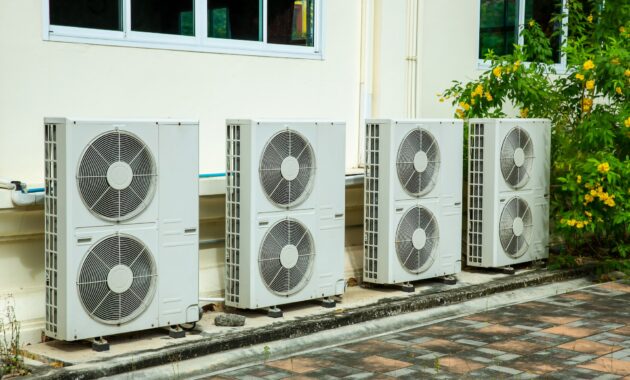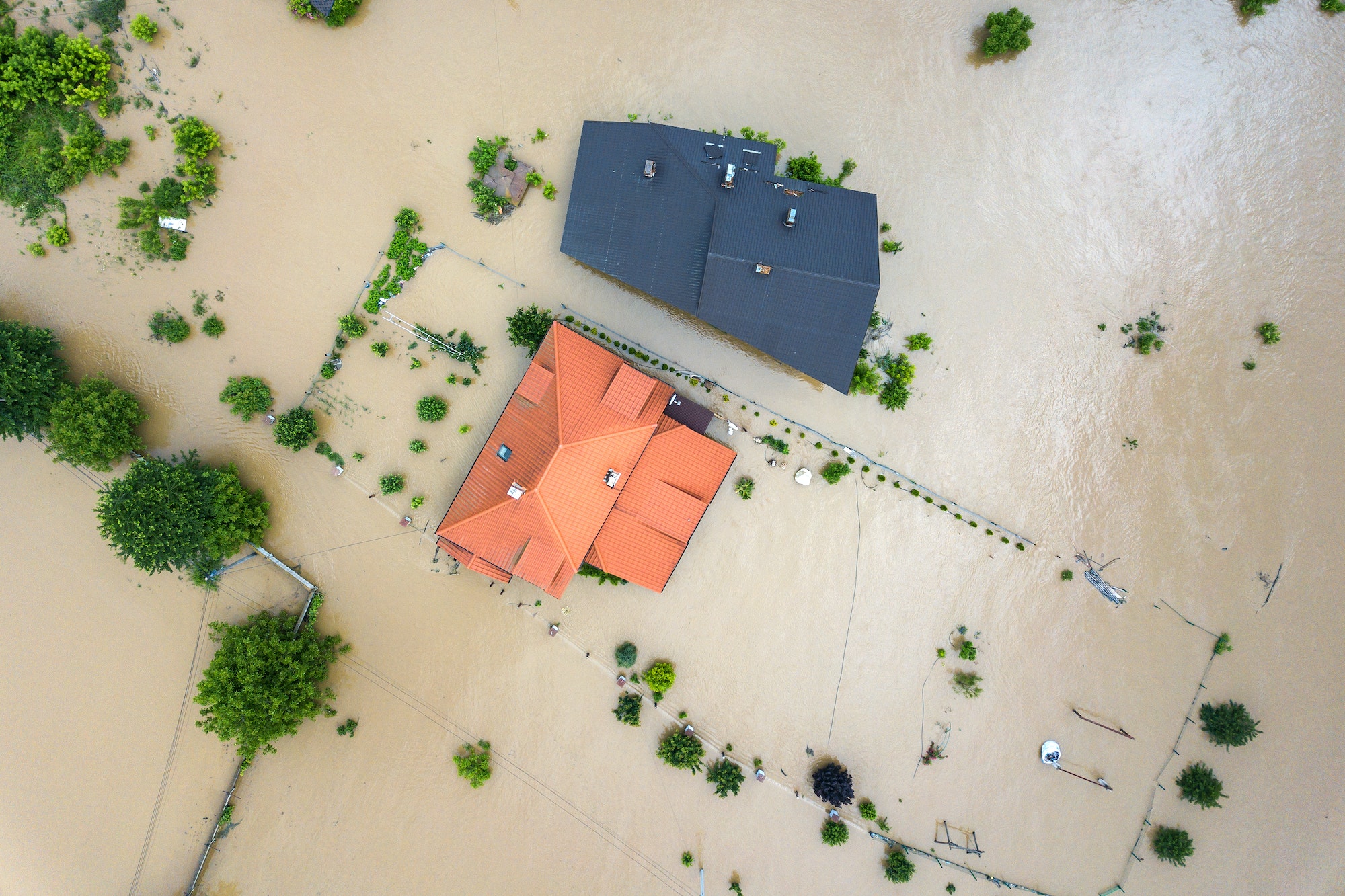Floods can be very destructive and cause a lot of damage to office buildings. From heavy rains to storms and flash flooding, the damage caused by floods can be significant. Cleaning up after a flood can be a daunting task, but it is vital to get started as soon as possible to prevent further damage from occurring.
It is especially challenging for businesses since they have to contend with the damage caused by the flood and the loss of business due to being closed for repairs. Here are a few tips on how to clean up your office building after a flood:
Get Rid of Dirt and Residual Mud
Acting quickly after a flood is important to minimize damage to your office building. The first step is to remove all the dirt and residual mud left behind. You can use a hose or pressure washer to wash away the debris.
You may also need cleaning solutions and scrubbing brushes to remove stubborn dirt and grime. If water is left standing, pump it out as soon as possible. An air-tight sealed pump is the best option for this. They require little space and less energy, making them suitable for small areas. Once you’ve removed all the water and dirt, you can start drying out the area. Use fans and dehumidifiers to circulate air and remove moisture from the air. You may also need to remove wet carpeting, drywall, and insulation.
Dry Out the Building
Flood water often leaves behind a lot of moisture, which can cause mold and mildew to grow. To prevent this from happening, you need to dry out the building as much as possible. You can use fans, dehumidifiers, and air conditioners.
If possible, open up all the doors and windows to allow for better air circulation. You should also remove any wet carpeting, rugs, or upholstered furniture from the building to prevent further damage.
Get Rid of Damaged Items
Once you have removed all the dirt and dried out the building, you must remove any items damaged by the flood. This includes furniture, electronics, appliances, and anything else soaked with water.
Any food stored in the office should also be thrown out, as there is a risk of contamination. Ideally, anything that the flood has damaged should be thrown out to prevent further damage from occurring.
When getting rid of electronics, ensure you dispose of them properly to avoid harming the environment. Many office buildings have recycling programs that you can take advantage of. You can also contact your local waste management company to see if they offer special programs for disposing of electronic waste.
Replace Damaged Flooring and Walls
Flooring is one of the most delicate parts of an office building and is often the most heavily damaged during a flood. Depending on your flooring type, it may need to be replaced entirely. Hardwood floors and carpeting are particularly susceptible to water damage and will need to be replaced if they have been soaked through.
If the walls of your office have been damaged, you may need to replace the drywall or repaint them. Any wallpaper that has been damaged will also need to be replaced. Also, check for any cracks or holes in the walls that need to be repaired.
Clean and Disinfect All Surfaces
Flood water often contains harmful bacteria and contaminants, so it is essential to clean and disinfect all surfaces affected. This includes countertops, floors, walls, and other surfaces that have come into contact with flood water.
You can use various cleaning solutions for this, but choose one specifically designed to kill bacteria and viruses. You should also wear gloves and a mask when cleaning to protect yourself from exposure to harmful contaminants.
Have the HVAC System Inspected

The HVAC system is responsible for circulating air throughout the office, so it is vital to have it inspected after a flood. There is a risk that the system could be contaminated with bacteria, mold, or other contaminants.
Mold is a particular concern, as it can cause various health problems. The mold will likely spread to other office parts if the HVAC system is contaminated.
If the system has been contaminated, it must be cleaned and disinfected. You may also need to replace the filters. It is crucial to have a professional inspect the system to ensure it is safe.
Floods can cause a lot of damage to office buildings. Therefore, cleaning and repairing the building as soon as possible is important. This includes removing all dirt and debris, drying the building, and removing any damaged items. You should also replace damaged flooring or walls and clean and disinfect all surfaces. Finally, have the HVAC system inspected to ensure it is safe.
Discover more from Futurist Architecture
Subscribe to get the latest posts sent to your email.




